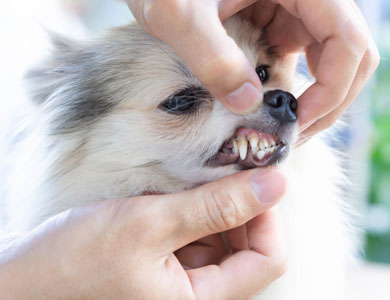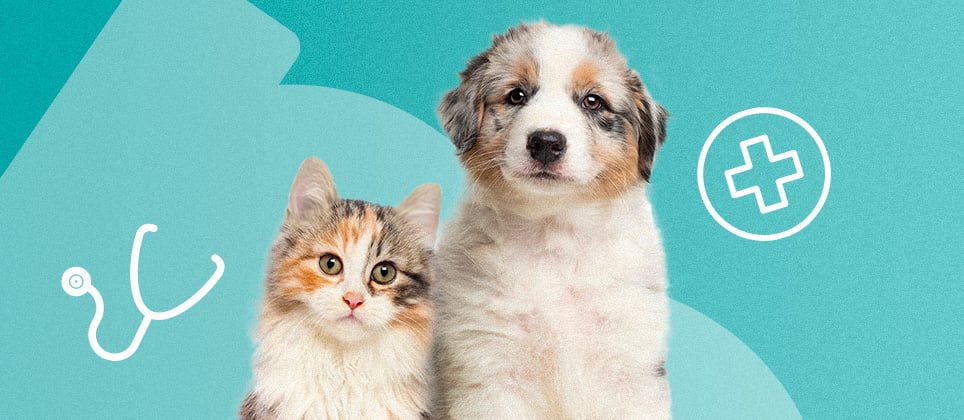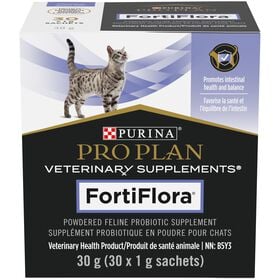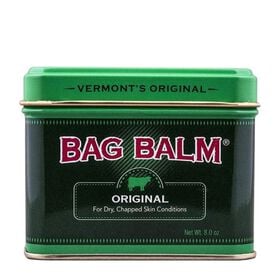If your pet becomes ill or gets injured, you could end up with an expensive vet bill! But having to choose between getting the best treatment and minimizing costs can be incredibly stressful. That’s where pet health insurance comes in.

Pet health insurance is designed to cover part of the vet costs and other related fees that are incurred when your pet becomes ill or gets injured. Some insurance companies also offer policies that reimburse you for the cost of preventive care services. When shopping for an insurance policy, keep in mind that the type of coverage, the amount of the deductible, and the characteristics of your pet will affect the cost of the monthly premium. Find out how to make the best decisions based on your tolerance to risk.
Type of coverage
Pet insurance coverage falls into three broad categories: preventive care, accidents, and illness. Some insurers also offer policies that cover complementary medicine treatments, such as acupuncture, and dental care.
Certain plans even cover travel and accommodation expenses if you need to cancel or shorten a trip because your pet is injured in an accident or becomes gravely ill. Keep in mind however that the more treatments are covered, the more expensive the premium. In other words, the more risks you want to mitigate, the more costly the insurance.

Preventive care
Preventive care is the most proactive way to ensure your four-legged friend remains happy and healthy! No matter how old they are, they should receive dental care, regular checkups, and be up-to-date on their vaccinations. Moreover, the cost of preventive care services is usually predictable. This type of coverage usually sets an annual limit – a specified maximum amount you can be reimbursed – for preventive care.
Accidents
Your cat slips out the door and limps back home with a broken bone. Your dog gets hit by a car. Accidents happen, even with the most attentive pet owner. This type of coverage will reimburse you for emergency care to treat an injury resulting from an accident. The maximum amount you can obtain in the case of a claim will obviously affect the amount of your monthly premium. Coverages generally start at $1,000.

Illness
There are endless medical conditions that can affect a pet: diabetes, urinary blockage, food allergies, etc. With illness coverage, you’ll be reimbursed a certain amount on an annual basis for each condition. For instance, if your dog suffers from an ear infection and then needs to be hospitalized for a digestive issue, you’ll be reimbursed separate amounts to cover the costs of each condition.
Some insurance companies have plans that cover both accidents and illness. This type of coverage reimburses you a specified amount on an annual basis, whether the care required was due to an illness or an accident. In other words, it’s important to thoroughly understand the policy and its various provisions.
Characteristics of your pet
Your pet’s age, breed, and where they live will have an impact on your monthly premium. For example, an 8-month-old indoor domestic kitten is less likely to fall ill than a 9-year-old Doberman. Moreover, some breeds are more prone to genetic disorders than others. That’s why you should carefully read a policy’s clauses pertaining to a pet’s breed or age. This information can usually be found in the annex of a contract.
Finally, an insurance company may impose certain exclusions. For example, they may refuse to cover a disease or a condition that your pet already has when the policy takes effect. It’s therefore more advantageous to purchase pet insurance when your four-legged friend is young and healthy. The older they get, the more risks they have of developing conditions that are excluded from coverage.

The deductible
A deductible is what you will have to pay out of pocket for covered services. The insurance company will cover any additional amount. The higher the deductible, the lower the monthly premium. For example, if your deductible is $1,000, your monthly premium will be lower than with a $500 deductible. The amount of the deductible is one of the main factors that determines the cost of the premium.
Research your options
It goes without saying that you should carefully research the options available before signing up for a policy. Visit the insurer’s website, it’s designed to provide you with exhaustive information so you know what to expect. You should also find out about the potential costs of any condition that your pet is at risk for. If your golden retriever is a fan of rifling through your garbage bins, they could end up having to undergo emergency surgery to remove a foreign body from their stomach. A procedure that could cost thousands of dollars. The same goes for cats that are susceptible to urinary blockages.
Purchasing pet insurance means sharing the financial risk of an illness or accident with an insurance company. It’s also a way to ensure Fido or Kitty will benefit from the best treatments, no matter what the future brings!





